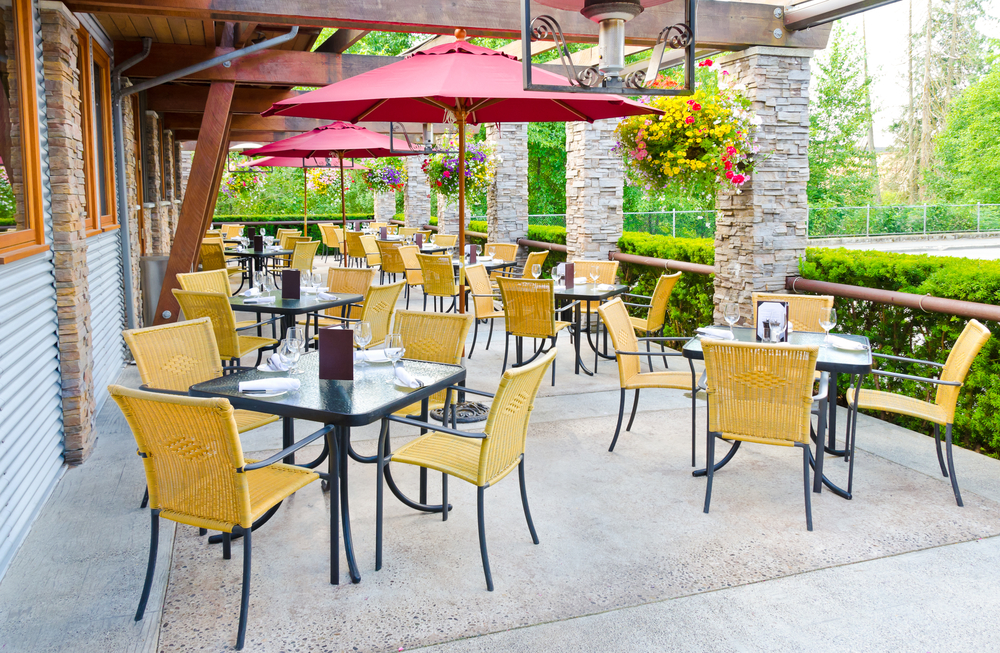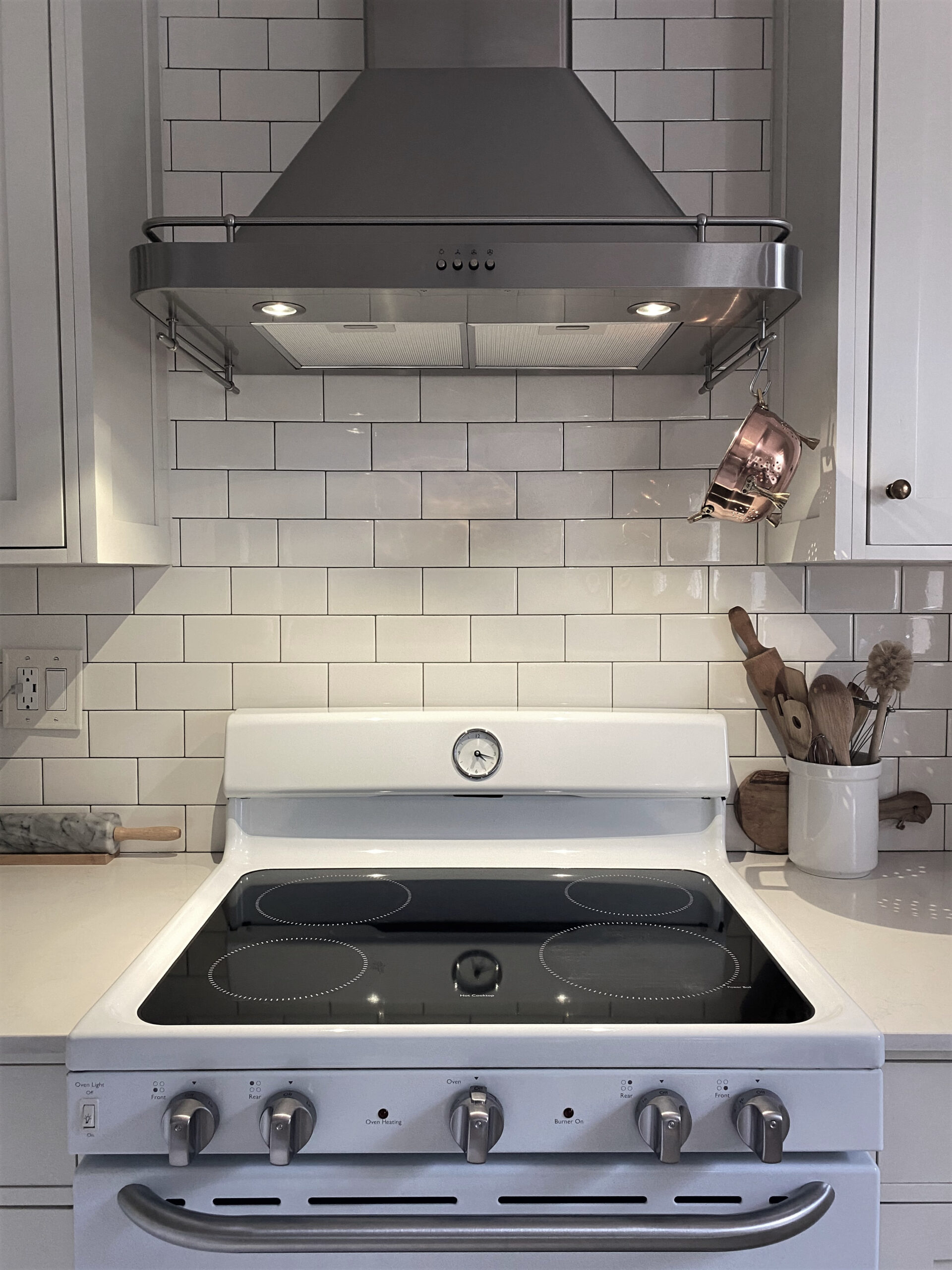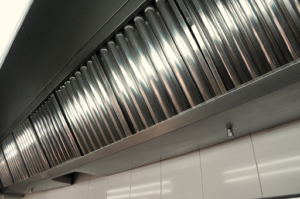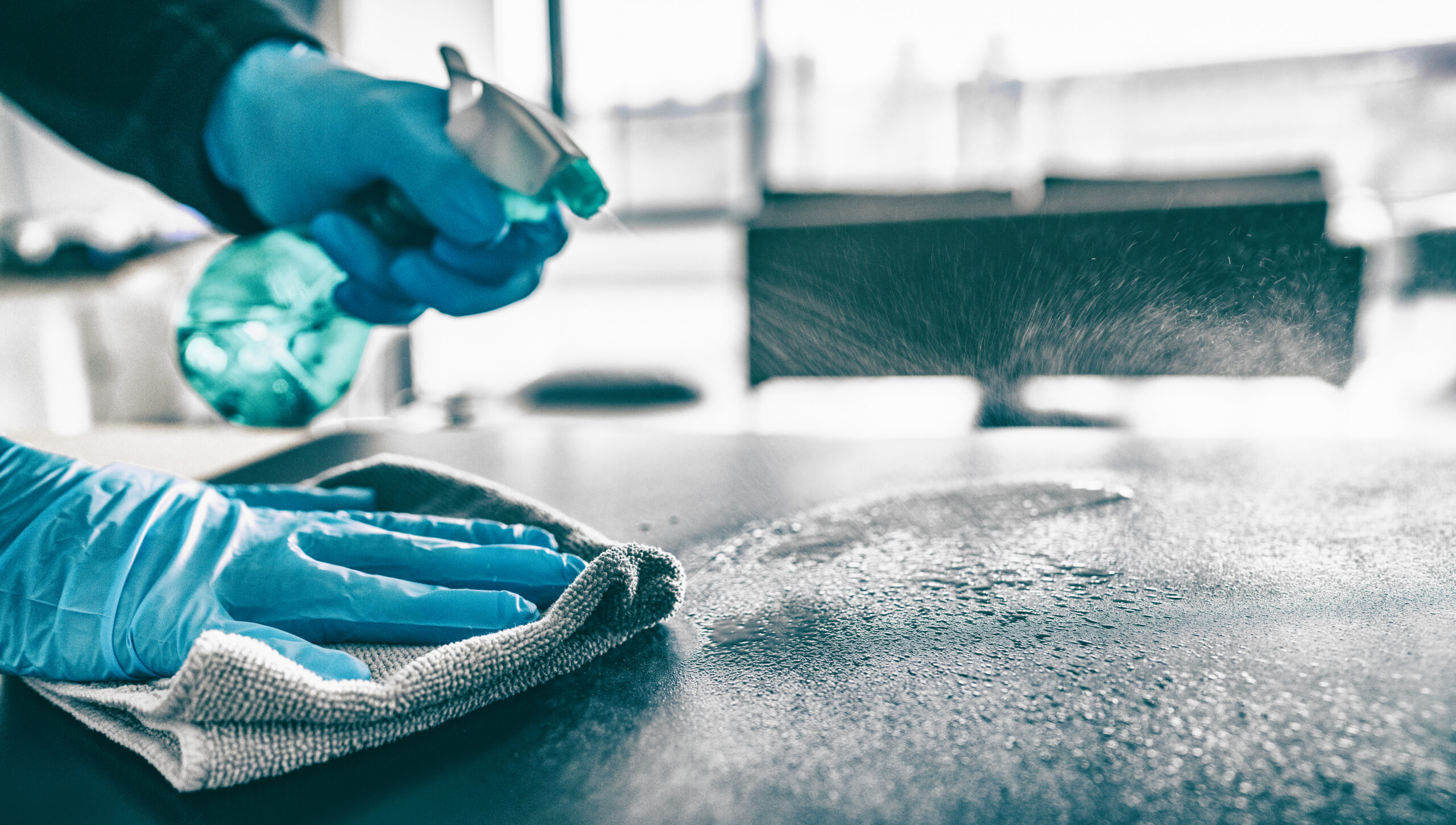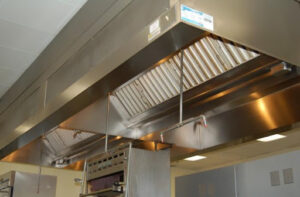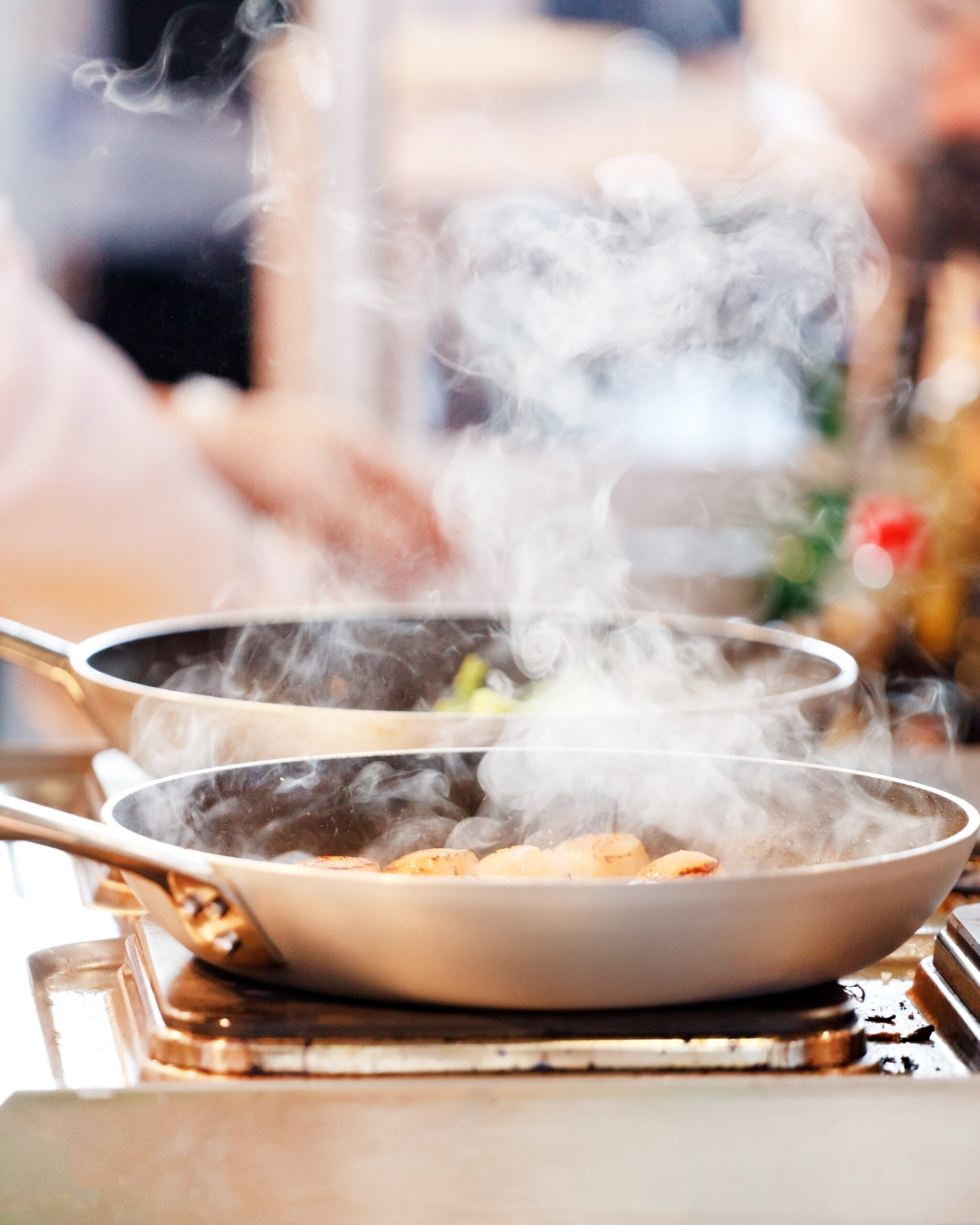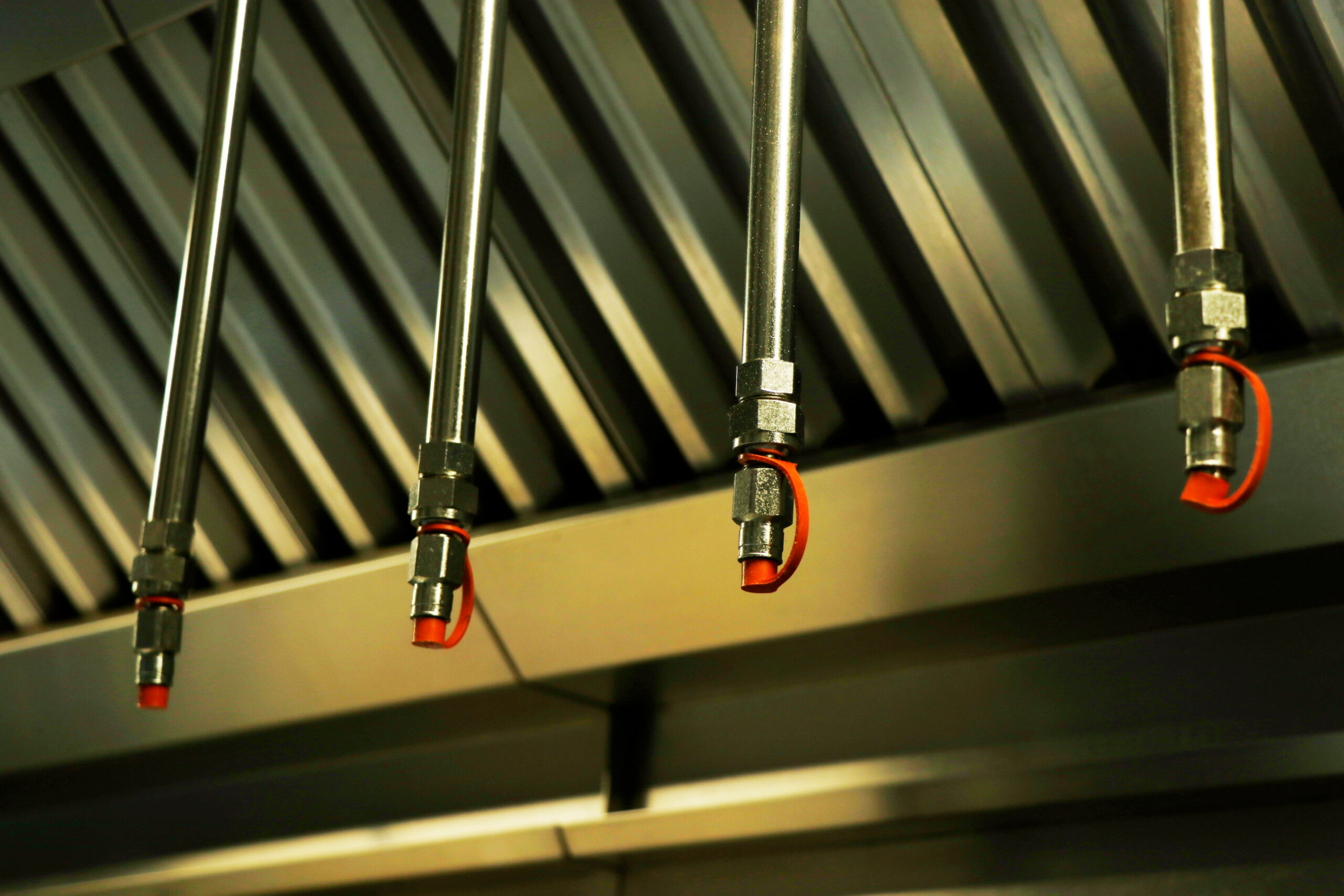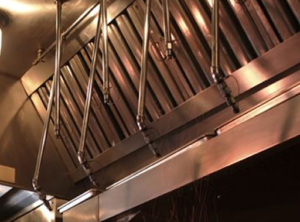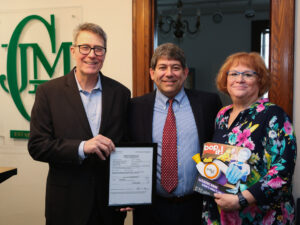Below are some tips for successful outdoor dining.
Get Proper Permits.
Before you get started, please check with your local municipality to see what permits and ordinances are in place.
The safety of your guests and staff should be the #1 priority.
Since outdoor spaces are typically uneven, the space should be inspected to make sure there are no cracks, potholes or rutting for customers or staff to fall or trip on. Make sure there are no electrical cords for people to trip on and all furniture is level. Lights and equipment need to be built to withstand outdoor conditions, and proper covering and wiring around outlets is crucial. Protect outdoor dining areas with physical barriers to prevent cars from intruding into the space.
Good lighting is essential.
Space should be well lit to allow safe access for customers and wait staff. Install sturdy outdoor lights that can withstand harsh weather and that are firmly secured.
Plan for all types of weather.
Equip your patio with heaters, umbrellas, awnings, or tents to provide shade and rain protection. Make sure all equipment is securely tied down and can withstand the elements without falling over. Develop an evacuation plan and review with employees for preparation in case of dangerous weather conditions.
Invest in durable, weather resistant outdoor furniture and equipment.
Whatever you purchase, make sure it can withstand the elements, is easy to clean, and is easy to wipe dry after a rainstorm. Also, make sure all the furniture is level. Be mindful of bugs and insects by investing in high quality mosquito treatments.
Design an effective layout.
Space should be ADA compliant. Doorways and walkways should be clear and safe for all servers to navigate with trays around tables and customers. Provide proper signage so that guests know how and where to check in along with exit and rest room signs.
Be a good neighbor.
If sound systems are permitted, keep the volume down. Be mindful of adjoining businesses making sure neighboring businesses remain visible to pedestrians and motorists.

